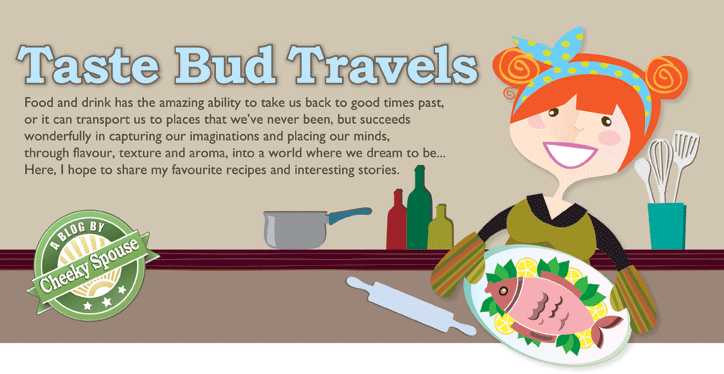
I've been busy over the weekend, sowing seeds, and before anyone says, "but this is a food/travel blog - why are you talking about gardening?", I have decided to include one of my other passions here too. It is not entirely detached from the food aspect, as the horticulture in question is related to our kitchen garden.
This year, I intend to really throw myself in to the venture - not just the odd herb here and and there, but a wholesome and varied array of fruit and vegetables, to be used in my cooking.
There's nothing better than being able to pick stuff fresh, from just outside the kitchen door and use it straight away – you can't get tastier than that!
For starters, I've lovingly sowed some tomatoes, capsicum peppers, chillies, courgettes and pumpkins into trays and they're now sitting in their propagator boxes on the dining room windowsill. Hopefully this will give them a good start and when the plants are big enough, I'll transplant them into pots outside.
Container growing is best suited to our garden, and it also means that they can be right next to the kitchen and I don't have to trek too far to harvest the produce.
I've even planted potatoes in a large container – one of those flexible plastic trug/bucket things. Hubby punched some drainage holes in the bottom and we put in about six inches of compost and then laid the sprouted potatoes on top and covered them over with just enough compost to cover and exclude light.
This is very much an experiment, as the potatoes were some kitchen casualties that would normally be thrown away. If I can get them to grow rather than spend a lot of money on seed potatoes from the nursery, then that'll be a great bonus.
As the potatoes send up shoots, we're going to keep earthing them up (adding more compost) in stages, until the tub is full. Each leaf joint, when covered with soil, has the potential to produce tubers, so this method should ensure we get a good crop.
Hubby also planted two gooseberry bush plants to supplement the two we already have. They're still quite young and although they produced berries last year, there wasn't really enough to make a pie. They're bigger now, so who knows, along with the new ones, we should have much more fruit.
Over the coming weeks and months there's lots more seed sowing to do, so I'll be back with more posts on the kitchen garden's progress.
Photo: everystockphoto.com













